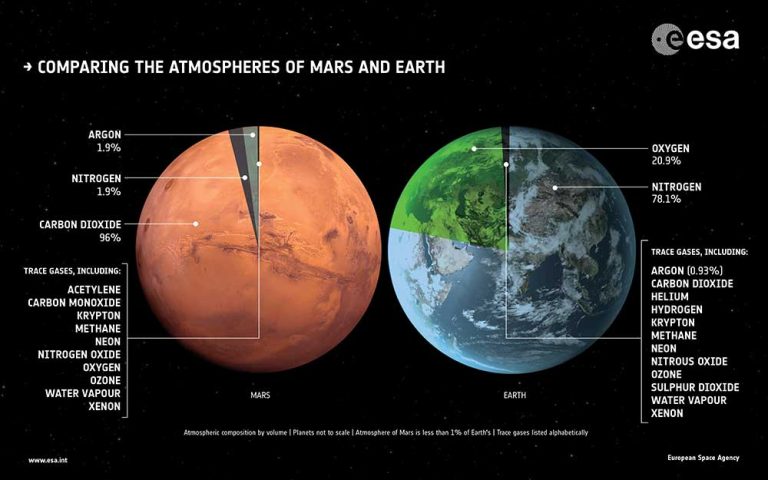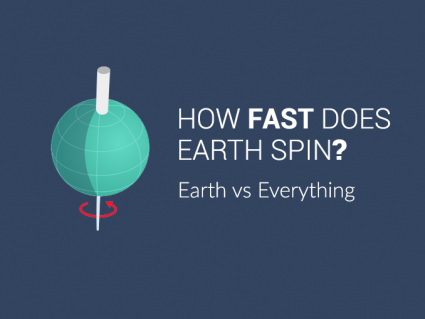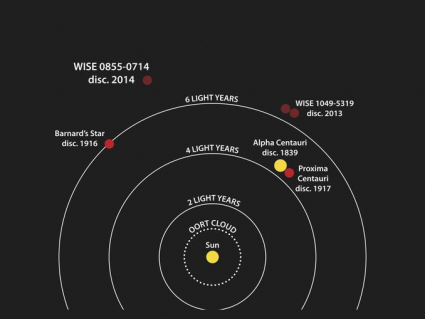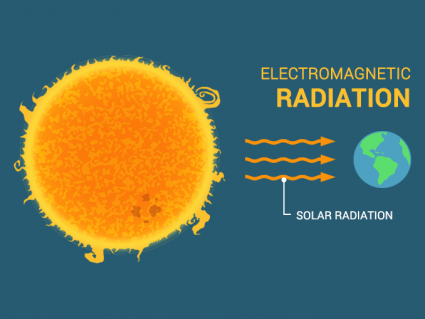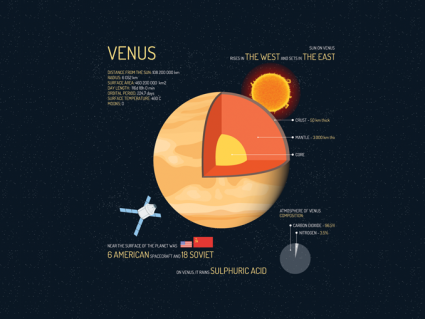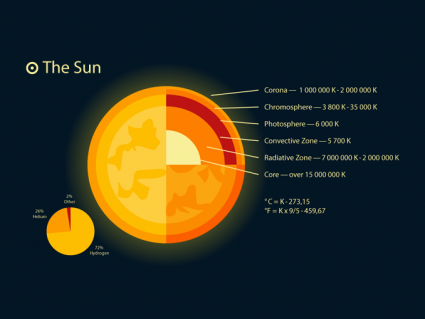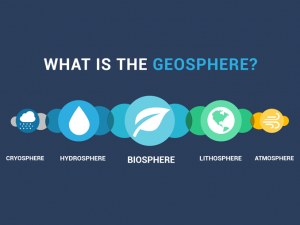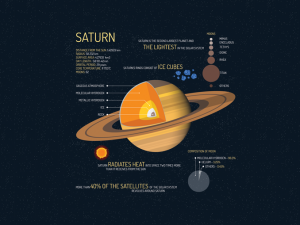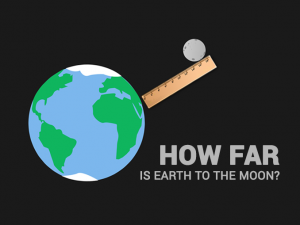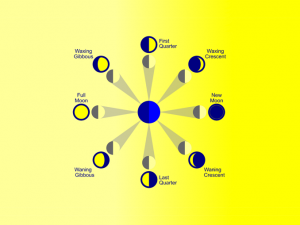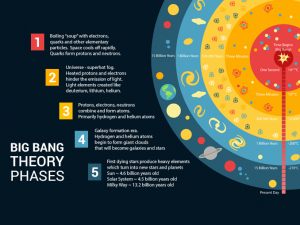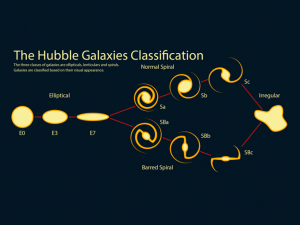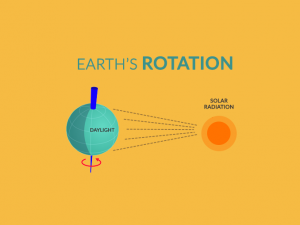What Color Is the Moon?
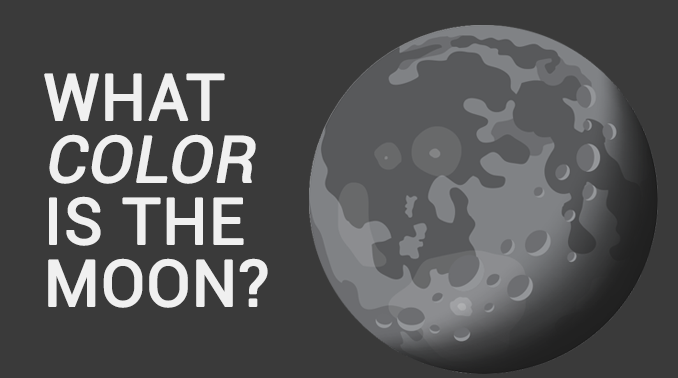
“The moon doesn’t emit its own light. Instead, it reflects light from the sun. Up close, the moon’s surface is mostly grey like worn asphalt pavement”
What color is the moon? It’s mostly grey because of the types of rocks we can find on the moon.
And the more we learn about lunar rocks, the more we can understand how the Earth and Moon formed.
This is because every sample we collect and interpret from the moon is like building an archive. And we get a clearer picture as the archive expands.
So now you know why it’s important to study moon rocks, what types of rocks are on the moon?
Which rocks are on the Moon?
There are 4 dominant types of rocks on the moon:
- MARE BASALTS: Mare basalts are black volcanic basalts common in the lunar maria. These are the flood basalts that formed during a period of volcanic activity 3 billion years ago.
- BRECCIA Breccia isn’t rounded. Instead, these types of rocks are sharp and jagged. They formed during meteoric collisions and are commonly found in the moon’s craters.
- ANORTHOSITE Anorthosite is common in lunar highland areas. They formed in lunar magma oceans experiencing frequent melting. These rocks are the oldest on the moon’s surface.
- REGOLITH Regolith is a shattered rock on the moon’s surface. Most of the moon’s surface is covered with meters of this dusty type of material.
What are the dark spots on the Moon?
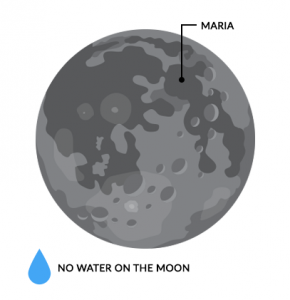
Long ago, early scientists believed they could see oceans on the moon so they called them “maria”. But the dark stretches on the surface of the moon were not oceans at all.
What the lunar maria actually turned out to be were flat flood basalts. These formed during a period of volcanic activity 3 billion years ago.
There is no water on the moon. This means there is no chance that humans can ever colonize the moon
The moon does not have plate tectonics so nothing changes on the moon. That’s why we characterize the moon as a “dead” planetary body.
READ MORE: 9 Lunar Facts About the Moon
What color is the moon?
The 4 dominant types of rocks on the moon are mare basalts, breccia, anorthosite, and regolith. Altogether, the moon has mostly grey colors with dark spots known as Lunar Maria.
The Moon appears gray or whitish-gray when viewed from Earth. This color is due to the surface materials on the Moon, which are primarily composed of rocks, dust, and regolith. These materials reflect sunlight in a way that gives the Moon its characteristic color.
We want to hear what you have to say! Please use the comment form below and let us know what your thoughts are.

